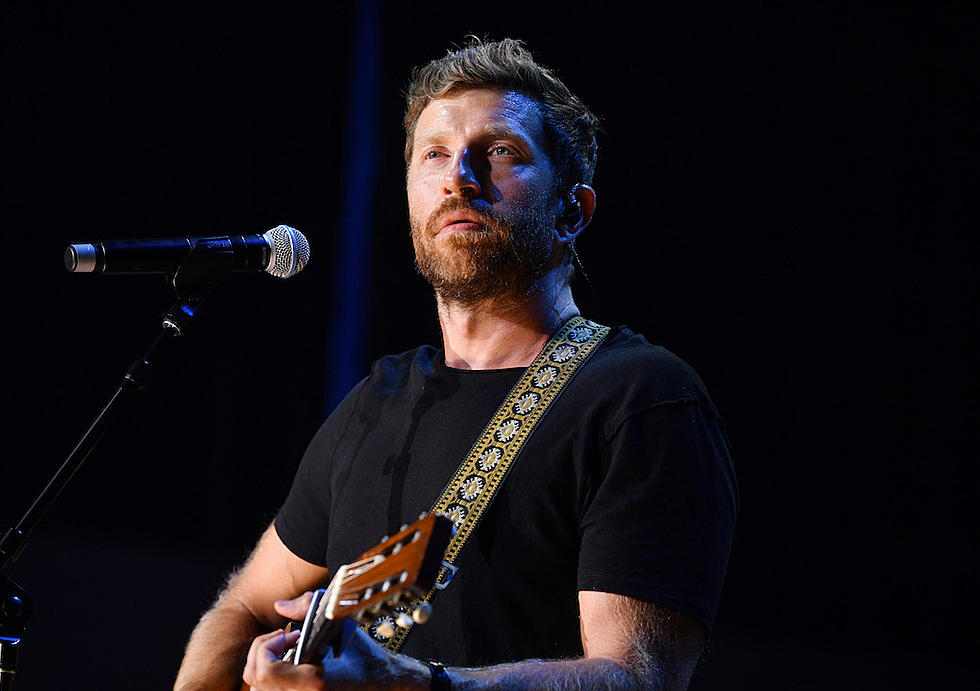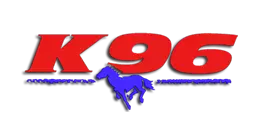
Missoula College Graduates First Class of Paramedics
MISSOULA – Quinlan Roe remembers his first lecture in Missoula College’s new paramedic program. He said it was from the director of the program, Dave McEvoy, who shared a story about being handed a newborn baby struggling for breath. McEvoy told his students he still remembers the fear and trust in the mother’s eyes.
“He got teary-eyed and told us that, at some point, that was going to be us in the field, experiencing something similar,” Roe said. “He told us that being a paramedic is about caring for and helping people – that it’s hard work and requires a lot of studying and commitment.”
Fast forward four semesters, in the middle of a national health care labor crisis and a global pandemic, and the University of Montana’s Missoula College is graduating its very first cohort of new, nationally certified paramedics. That cohort includes Roe, who worked through the program while balancing a full-time construction job. He is now employed full time as a paramedic with Missoula Emergency Medical Services Inc. and is considering completing UM’s new bachelor’s degree in public health.
The new associate of science degree in paramedicine, housed in the college’s Department of Health Professions, began last fall after a change in national accreditation standards required more support and infrastructure. Missoula Emergency Services Inc., or MESI, which had taught local paramedic classes for about 30 years, approached Missoula College to consider a partnership to achieve accreditation and continue educating next-generation paramedics. The result is a nationally accredited paramedicine program delivered jointly by MESI and the college, at a time when increased skills in emergency medicine are critically needed, said Dan Funsch, director of the Missoula College Radiologic Technology program.
“When MESI approached us, we wanted this first program to be small enough where we didn’t bite off more than we could chew,” Funsch said. “This is an incredibly demanding immersion program, and it’s the highest level of certification in the emergency medical field. We’re proud to work with MESI and our community to make it accessible and affordable.”
The paramedicine program is four semesters (or 16 months) and requires 1,000 hours of hands-on experience in clinical settings. Instruction is supervised by a diverse array of health care professionals, including nurses, doctors, flight paramedics, physical therapists and physician assistants.
“Our students are exposed to all sorts of health care professionals, and our involvement with them makes this program strong, because they get to see a wide array of other careers and understand that anything in medicine requires a team,” McEvoy said. “There are world-class people teaching this program, and I couldn’t be prouder of the quality of what these people are doing.”
McEvoy, who has been a paramedic with MESI for about 30 years, said Missoula College’s equipment and staff allow for an in-depth training for every skill required of a paramedic. He said while most of the job is spent assessing patients to determine treatment, paramedics also are trained in administering medications, starting IVs, placing breathing tubes into airways and performing other emergency airway procedures.
“For many places in rural Montana, emergency medical personnel provide care for patients in difficult environments and for prolonged periods – mostly because of resources – so there’s a demand for them to have a variety of skills,” McEvoy said. “That will be especially true as we continue to navigate the COVD-19 pandemic and begin to understand our new normal.”
Jack Pickhardt, a new graduate of the program, said that the pandemic “threw some hurdles,” but overall, the experience will help him become more skilled at helping people. Pickhardt, a firefighter with the City of Missoula, was one of four students who completed the program while remaining employed with the Missoula Fire Department. The fire department paid tuition for its employees to achieve paramedic certification and provided time for the employees to attend class and labs.
Pickhardt holds a bachelor’s degree in health and human performance but said he always wanted to “get as far as he could” in emergency medical services.
“This is the best job on earth,” he said. “The department worked with us to level up our skillset to provide care and service, and that helps our entire community. I’ve known a lot of the MESI instructors for a long time, and they’re knowledgeable people who are really good teachers. I feel like I have a lot more tools in the toolbox now, which will help with what attracted us to this field – helping people.”
Dave Smith, emergency medical service coordinator for the City of Missoula Fire Department said the new program is beneficial for the entire Missoula community.
“Before this program was up and running, we didn’t have a good option to have our staff receive training to become paramedics, we often had to hire out paramedics,” Smith said. “By being able to train our own employees and increase our paramedic numbers at the department, we can provide a much better response for the community.”
Smith said national standards recommend that each fire engine is staffed with a paramedic, and the newly certified fire department employees bring those numbers closer to the national standards in emergency response.
“The Missoula College program is excellent, with really great teachers,” he said. “We’re proud to continue to work with them and help lead the program that reflects the needs on the streets in our community.”
Every graduate of the associate of science degree is certified to practice paramedicine in Montana by the Committee on Accreditation of Education Programs for EMS Professions and the Commission on Accreditation of Allied Health Education Programs.
- By UM News Service -
More From K96 FM









